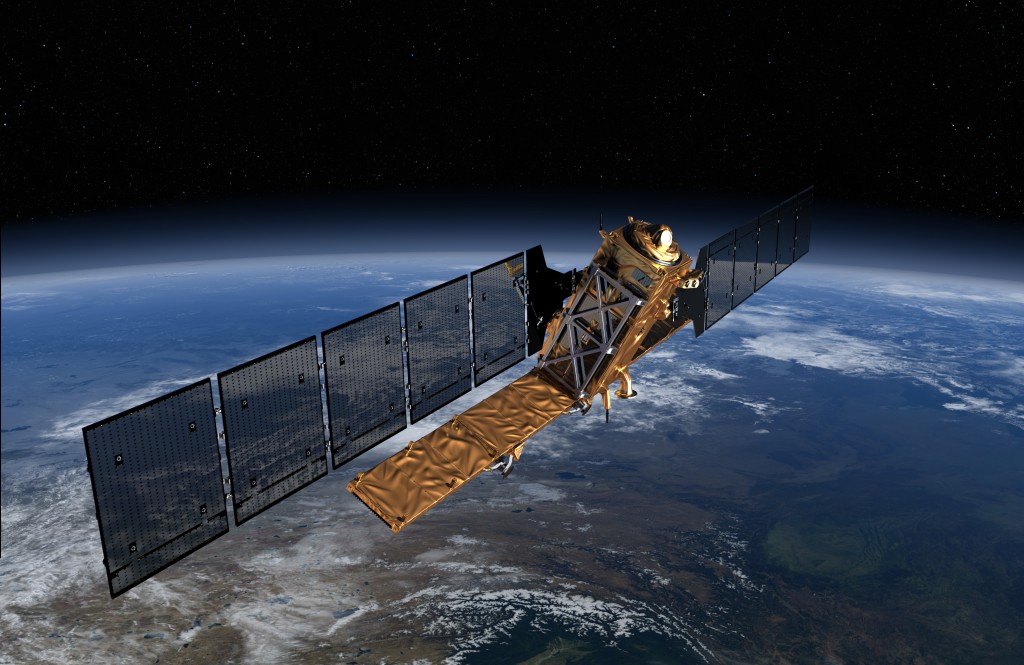As Earth Science researchers, we are extremely fortunate that fieldwork often necessitates trips to exotic and far-flung places. But sometimes we are guilty of ignoring the riches right on our doorstep.
In Bristol (UK), perhaps our greatest geological asset is the Avon Gorge. At the end of the Last Glacial Maximum, torrents of icy meltwater scoured out a 2.5km long gouge through a series of Devonian and Carboniferous limestones and sandstones. The bottom of the 90m deep gorge is now filled with the River Avon and the sheer cliffs of the north side are home to fossil corals, rare plants and challenging climbing routes; they also expose an excellent thrust fault.
This particular example lies at the intersection between Bridge Valley Road and the Portway, just underneath the Clifton Suspension Bridge (see here for map). Compressional forces associated with the formation of the supercontinent Pangea (~290 Ma) caused the the older Clifton Down Limestone to be thrust over the younger Upper Cromhill Sandstone. Friction along the overhanging fault plane deformed the younger sediments, and the resulting instability of the rock face has caused major issues for the adjacent roads.

Thrust fault in the north side of the Avon Gorge where the older grey Clifton Down Limestone (right) has been thrust over the younger red Upper Cromhall Sandstone (left); the intensity and friction of the thrusting is manifest in the deformation of the younger sediments. The fault outcrops at the intersection between Bridge Valley Road the Portway (A4) and is conveniently located adjacent to set of traffic lights and a cycle path – look out for it next time you’re stuck on a red light or peddling past.



